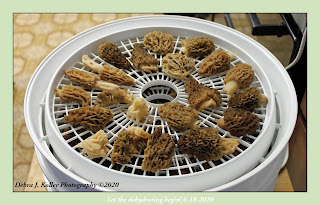Gardening is all about learning new things, using new & old methods for gardening and sometimes about failure.
Success! The turnips, carrots, and beets that were allowed to go to seed from last year's crop seem to be a success. The turnips seeded first and the birds helped themselves to lots of seeds and helped me out by reseeding the bed! The photo was taken on August 1st and here it is December 2nd, in zone 6, and we are eating small, fresh turnips and greens from the garden. The carrot and beet seed took much longer to mature so should produce in the spring. Lots of little seedlings came up just from the seed dropped when we were harvesting the seed heads.
Success! The Chicago Hardy Fig produced 3, little figs and one matured! Yes, I do consider this a success, even though the fig was only the size of a quarter. To me, this means that they can grow and produce in zone 6. I just need to get the conditions and fertilizing right!!
Failure... While not a complete failure, the tomatoes that where grown in containers, in the greenhouse did not do as well as I'd like. The plants did not grow as tall as they should have and did not produce very many fruits. The fault is, partly, mine. 1. Got them planted late; 2. It got too hot too fast in the greenhouse; 3. Didn't stick to a good routine of fertilizing; 4. Maybe too many plants in one container. Will revisit this method in 2021!























































